Helping Publishers Do What They Do BestWhen RM Marketing Services launched in 2014 it didn't take long to see what the publishing industry lacked - someone with decades of senior product, marketing and management experience who could be called upon to help get jobs and projects done quickly, efficiently and without supervision for publishers and distributors who needed support. As marketing departments were reduced and budgets slashed, publishers and distributors were quick to take advantage of our honed skills and extensive industry knowledge - special projects and consulting gigs happened in quick succession. Over time the business morphed into two streams - outsourcing solutions and consulting services. Outsourcing sales and marketing solutions covers sales, marketing, digital marketing, website and social media management as well as publicity, author care, special channel promotions, corporate communications and just about anything our clients required! If you are considering outsourcing, read more about the benefits of using RM Marketing Services below... Outsourcing is simply contracting work out to an outside supplier. For RM Marketing Services outsourcing involves taking on a specific role or set of tasks for a defined number of hours a week. We've provided outsourcing for as little as 4 hours a week to a maximum of 21 hours. A company email address is established (as, unlike consulting requests, we represent the publisher or distributor), goals and tasks are discussed, and we work with a nominated representative or team to manage the workload being outsourced and the deadlines. We encourage regular catch-up meetings, phone calls, strategy or team meetings - we are part of the organisation but don't have the downtime that other employees have for internal facing activities, professional training or other distractions - i.e. we can actually focus on getting the work done! Depending on the work required, system access is granted and training takes place. The publisher or distributor often requests for documents to be signed - their own contractor agreement and/or a Non-Disclosure Agreement for a multinational however for smaller presses we work to an email summary and occasionally a phone call depending on the existing relationship between our two organisations. Payment is via direct deposit, 14 day payment terms. It's not complicated to set-up outsourcing and the quicker the above is organised, the quicker we can get to the work. Benefits to outsourcing. Oncosts of each employee is estimated at being 25-30% - these oncosts include superannuation, insurance/workers compensation, leave (sick leave, annual leave, long service leave), payroll taxes and other add-ons that eat into your business and profits. Of course, these are irrelevant when you opt for an outsourced solution! Check with your accountant as well as what you can claim on your own tax returns when using a consultant, as there may be additional benefits. Many organisations are also able to bring in contractors when there are staff freezes or restrictions. Rather than restructuring teams around staff who are leaving, and bringing added stresses to already heavy workloads within your organisation, why not consider outsourcing a handful of tasks to someone you can trust and your staff will thank you for it! It could be for as little as 4 hours a week... Benefits to outsourcing with RM Marketing Services. Director Rachael McDiarmid has 30 years sales, marketing, product, and management experience in the publishing industry with a broad skill set particularly in all aspects of marketing and promotion. She has been privileged to travel the world to meet with publishers, distributors and library vendors; heavily involved in ebooks and digital platforms; played a pivotal role in bibliographic data collection; and has decades experience with publishing, book distribution and supply chain management in Australia and New Zealand. This has all been on top of a wonderful career, mainly in academic and professional publishing. (You can view her profile on LinkedIn) She also has an extensive network of experienced industry professionals to bring into the mix, particularly for consulting projects but often for administrative and research tasks as part of an outsourced arrangement. With the knowledge, experience and determination she brings to your organisation, you can be assured you are in safe hands. And for everyone that knows Rachael personally, you know she's professional, has a great industry reputation, and gets on with the task at hand with no fuss. Let RM Marketing Services help you get through your to-do list and ask us about outsourcing services today.
3 Comments
Every Stranger's Eyes by Ben Randall Every Stranger’s Eyes is Part One of the incredible true story behind the acclaimed documentary Sisters for Sale Young women on the border between Vietnam and China find themselves caught between a violent custom and a vicious criminal underworld... The multi-award-winning documentary Sisters for Sale is an incredible true story of hope, courage, and freedom. This new book, Every Stranger’s Eyes, tells the first four amazing years of that story. Investigating the mysterious disappearances of his local friends May and Pang, an Australian filmmaker uncovers a human trafficking crisis and sparks an amazing series of events. Betrayed, kidnapped, and forced into marriage with strangers, May and Pang – still only teenagers – are forced to make the heartbreaking choice between their baby girls and their own freedom. Every Stranger’s Eyes is a powerful and deeply personal account illustrating the importance of direct action and the dangers of losing sight of what you believe in. Since its premiere in Italy in November 2018, Sisters for Sale has won awards and acclaim at film festivals around the world for exceptional filmmaking and courageous storytelling. It has now been translated into more than a dozen languages – an extraordinary feat for such a small production. Sisters for Sale is a five-year story. Every Stranger’s Eyes covers the first four of those years, from February 2010 to January 2014. The second part of the story, Suspicious Minds, will be released in mid-2020.
A must for every sports fan: take a trip down memory lane or discover these extraordinary women’s journeys to reach the top
RM Marketing Services is delighted to be working on the new release campaign for David Box's new book Australian Gin. Read more about the book below. Available from John Reed books, December 2019.
 In 2009, Peter Singer wrote the first edition of The Life You Can Save to demonstrate why we should care about and help those living in global extreme poverty, and how easy it is to improve and even save lives by giving effectively. Peter then founded a nonprofit organisation of the same name, The Life You Can Save, to advance the ideas in the book. Together, the book and organisation have helped raise millions of dollars for effective charities, supporting work protecting people from diseases, restoring sight, avoiding unwanted pregnancies, ensuring that children get the nutrients they need, and providing opportunities to not only survive but thrive. In 2005, Peter was named one of Time Magazine’s 100 most influential people in the world, and in 2009 The Sydney Morning Herald and The Age included him among the most influential Australians of the past half century. He is a Companion in the Order of Australia for his communication of ideas regarding animal welfare, global poverty and the human condition. “A persuasive and inspiring work that will change the way you think about philanthropy...and that shows us we can make a profound difference in the lives of the world’s poorest.” —Bill and Melinda GatesThe Life You Can Save by Peter SingerNEW to the 10th Anniversary Edition
“Mr. Singer is far from the world’s only serious thinker on poverty, but with The Life You Can Save he becomes, instantly, its most readable and lapel-grabbing one.” —The New York TimesTHE LIFE YOU CAN SAVE How to do your part to end world poverty 10th anniversary edition PETER SINGER ISBN 9781733672702 | Paperback | 312 pages | 203 x 127 mm | A$29.99 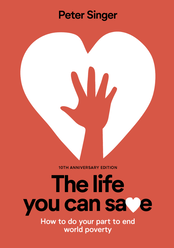 For media and event enquiries Please email me at [email protected] for details regarding the 10th Anniversary edition of The Life You Can Save. 3 December 2019 embargo date. For bookseller enquiries The Life You Can Save 10th Anniversary edition will be available from Ingram Spark in a paperback edition from 3 December 2019. Please contact your Ingram account manager for more information. For libraries The Life You Can Save 10th Anniversary edition will be available from your local library vendor from 3 December 2019. The latest edition of How to Market Books, 6th edition has arrived. Written by Alison Baverstock and Susannah Bowen, and published by Routledge, the new book must indeed be THE bible for the publishing industry today.
It won't surprise you to know the first thing I did was go to the index to see if my name and business name were listed. Indeed they were! I wondered what quotes would be picked up so I looked at the relevant pages. The first one about customer service and making adjustments in line with how your buyer wants to receive book information was more of an off the cuff remark but the second one got to the heart of what makes me tick - database marketing and making sure your message goes to the right people. That goes way back to direct marketing in the early 90s and years of sending out promotional materials - flyers, catalogues, postcards - to a database of contacts and ensuring everyone was coded to their field of expertise to yield higher response rates. The principles still apply for digital marketing. But I digress. The 6th edition has everything a book marketer needs. In fact if every publishing house doesn't have a copy of this book somewhere in their office, I'd be annoyed. It should be required reading. Particularly by people who come into book publishing thinking it's like other industries. It's not. It's unique. It has a language of its own. It has its quirks. And it has its issues. You need to understand the basics and then the industry as a whole. And at 480 pages, this book may just cover everything you need to know to be successful in publishing in an ever changing industry. Because the book publishing industry is changing. Always changing. And marketing has to adjust to these changes. How to Market Books, 6th edition is very comprehensive. Part 1 covers general principles and understanding - marketing and marketing in publishing; what's for sale?; market research and other sources of marketing information; the role of marketing within the business of publishing. Part 2 covers putting principles into practice - reaching the market (how best to approach your customers); how to write a marketing plan; selling; direct marketing; digital marketing; publicity and PR; working with authors and other vital partnerships; organising events, presentations and other opportunities to share content; techniques to writing effective copy; the layout and design of marketing materials. And Part 3 is specific advice to particular markets. Some of these chapters could be stand alone books. They would make excellent podcasts and even videos on training sites. They are essential reading. I'm so overwhelmed by the content in this book that I can't simply put it on my shelf with the rest of my business and publishing industry books. Even though I've been in the industry nearly 30 years, this book is a living, breathing document and one I think I'd like to pick up more frequently so I'm putting it close to me while I'm working. For me, there's very little in here I don't know - but it's great to have the refresher from time to time. But of course the biggest surprise of the book came in the foreword by David Shelley, CEO of Hachette UK. As I read through it a name jumped out at me. It was my own. Of all the people he could have quoted in this industry, he quoted me. This is one hell of a book for one hell of an industry. Congratulations to the authors and everyone in the industry who contributed to the book. A five-star reference. Get a copy now from your preferred bookshop or online bookseller. For more information click here to go the publisher's website. Recently I was asked to do a presentation at UTS to a delegation of Chinese publishers on digital disruption in the Australian book industry in marketing and distribution. The organiser asked me to include some of the changes to publishing and distribution I've seen in the nearly three decades I've worked in the trade. When I was talking there were smiles as I summarised bits and pieces - now and then and the here and now - so I thought I'd share on the blog ...  There is no doubt whatsoever that technology has changed what we do, why we do it, how we do it. Digital is part of the every day and it’s hard to imagine life without the internet, apps, mobile devices etc. So to begin let’s wind the clock back three decades. What does Australian publishing look like? The bulk of titles, at least for the major and second tier publishers, were imported from UK and/or US head office distribution centres who had a strong say on what was purchased for the ANZ market. Local publishing programs existed particularly in educational publishing, and publishers distributed their titles through their own warehouse, often attached to their building. Orders were phoned, faxed (faxes had recently arrived in the workplace!) and mailed through to customer service, reps took orders when they called on booksellers or at the annual book fair which alternated between Sydney and Melbourne. Basic Bibliographic data was entered into distribution systems manually so orders could be keyed by data entry staff. Price and availability enquiries were predominantly done via the phone lines. Wait times could be long at busy periods. With regards to inventory: Buying in titles from overseas was done via catalogue information, published twice a year, with titles six months ahead of publication, and metadata which may or may not have been correct at the time of printing, rights information would always change. Textbooks were expensive (which has never changed) so academic publishers like Maxwell Macmillan where I first started my career would have an International Student edition printed, primarily out of Singapore, on cheaper paper and at a much cheaper price for students. We could price the books whatever we wanted to, marked up high for own margins. There was no goods and services tax. We would airfreight in a small number of copies for reps and marketing & publicity and the bulk came through ocean freight. It would take at least 3 months from the UK and 2 months from the US. If booksellers didn’t place their orders in a timely manner, they would not receive them for months unless they paid a special surcharge for us to air in. Orders to warehouses overseas were done every few weeks to consolidate. Everyone waited for their books. We were the only place they could get them. It was the norm. With regards to marketing: Marketing was much simpler. We did A LOT OF MAILINGS! There was one computer for marketing staff who had to book it in advance in order to create price lists and order forms in Wordperfect. We often only had US marketing materials and naturally Australian booksellers wanted to have prices in AUD. Design departments would also grow with graphic designers using Apple’s Pagemaker and they would create promotional materials for us. Four colour printing for marketing was unheard of. We often used the photocopier and may have even used colour paper to make something look more presentable. By the late 90s we could sent to a printer using 1 colour ink. That was very exciting. As there was of course no internet, we worked off US catalogues sometimes we wouldn’t find out we didn’t have the rights to sell a book in our region for months after we would take it to market – finding out only when we chased supply with our international warehouses or if a bookseller phoned us to say they had seen the same title from another publisher. Review copies with media releases were posted out extensively. Sometimes you even used the fax to send out media alerts. You often didn’t know when something was reviewed unless a bookseller mentioned it on the phone to customer service or you heard or watched it firsthand. We paid clipping services - an expensive service that would scan the print media and send clippings of all the reviews. They were like gold in your hand. Fast forward three decades to now.... It is rare for a publisher to do its own distribution unless you are one of the majors and you offer third party services to keep costs down and make some money from a competitor. Many publishers use a larger distribution centre and their software and workflows to manage their inventory. New title workflows vary between publishers but there will always be a trade release date for the majors so third party publishers have to make sure they have their stock in, inline with the release schedule. There are KPIs, there are penalties, and there are very real costs for storage of books, orders and returns. Every transaction has a fee. Large print runs are not normal except for first tier authors due to cost, space and risk. Printers turn around requests quickly – there is option for short runs and of course Print on Demand. Nielsen BookScan provides data to publishers on what books are selling through the registers at the bookstores and other channels. Publishers can better forecast when to press the reprint button. Technology and the information it provides has helped with inventory management and competitor information. It has also provided solutions.
You want to read the winner of the Booker prize which has just been announced on Twitter. Can’t access the print book? There is the option of immediately downloading the ebook when you purchase through Amazon, Apple, Kobo or see if it is available to borrow through your library through platforms like Overdrive, BorrowBox, Axis360. These digital suppliers are available via the web from your computer or through a handy app on your mobile device of choice. If it’s a scholarly book you would be looking for access through your university library. YOU expect access through the university library. And yes, you can now access etextbooks through vendors like Proquest and their Ebook Central Platform. Publishers will either do their own distribution of ebooks and upload them to multiple sales partners directly via FTP or will outsource this to other providers. Ingram for example plays a core role in both ebook distribution as well as some of the larger print distribution warehouses like IPG in the US. Many publishers have thriving local publishing programs. They make the decision locally as to what to import from their overseas offices and often do a local print run or format change rather than freighting books in – in this market we prefer trade paperbacks over the hardcovers for example. More often than not there are global release dates. Distributors of other publishers products release a month later when airfreight stock come in however others books that are not time sensitive still have a two month delay for their ocean freight to arrive to keep costs down. However they will have gone to market already with that title and have had some copies aired in. Orders from booksellers are sent via edi. Others are scanned and sent via email. Faxes still exist but many publishers don’t have one anymore, but the distributors do they have to for the older booksellers who still use them. Key accounts will have electronic workflows so they receive edi notifications, electronic invoices, advance shipping notices, credits, statements etc. Pricing of books has changed. The majority are overseas price converted plus GST (no markup as the customer will know – the customer is very savvy – the customer has the internet), some prices may even be cheaper than overseas however that presents problems for textbook publishers in particular who have a re-exportation issues which I won’t go into here. Price and availability is only a phone call to a distributor as a last resort. Your first point of call as a bookseller is Titlepage – the web based APA initiative that has about 80% of the industry onboard. If booksellers can’t find it on Titlepage they will then open up Baker & Taylor’s database or Ingram’s ipage. You then Google it to try and find the publisher directly. There are still calls to distribution call centres but most of the correspondence they receive is via email, particularly re order management so there is a written trail of correspondence and requests from customers. Booksellers don’t expect to wait for books. Ironically they can get overseas published books faster from the overseas wholesalers than from a local distributor. The way booksellers order has changed – smaller copies more frequently and of course expecting the publisher to have a consistent flow of stock to meet demand. They know they lost many consumers to Amazon and The Book Depository years ago so those booksellers who are still standing, and even thriving particularly independents and online, have to provide a high level of service locally for those that appreciate service above cost. It’s been estimated over many years that the Australian book market has lost between $200-300 million in sales to Amazon etc. I think it's more. Bibliographic data is comprehensive. ONIX is the standard for disseminating that information. Nielsen and Bowker have core roles to play with title data and of course Nielsen has BookScan which has revolutionised the way publishers receive information about the sell-thru of their titles and those of their competitors. Salesforce and other CRMs keep tabs on customers and business development opportunities. For those that require training on resources or who are very remote there is the option of Webex or Skype for Business etc. These days It’s about search and discovery. And the internet. And SEO. Don’t include an image and customers think it’s not available. No description. Customers will move on. Even the way publishers design their cover images has changed. They have to imagine how the cover looks like on the web and how to make it attractive (white covers are not practical unless they have interesting borders for example). Pricing. Consumers are pricing savvy. They know how to search for cheap books. Booko for example will collate information from the web and show them the prices offered by online booksellers and chains. So speed to market is critical. Competitive pricing and service are essential. These cost money but margins are being reduced on all sides in order to give the consumer what they want. What they demand. As without the customers everyone wouldn’t exist. Marketing has changed dramatically. Database marketing and analytics mean we know more about the customer better from their online activities. We know what they read, what they click through to, what they purchase. At least online. We have Google Alerts and Google Analytics. We have Google fullstop! Print promotional materials, particularly catalogues are less in demand, postage costs have almost disappeared as marketers have moved to email marketing. Marketing systems like Mailchimp, Marketo, Campaign Monitor, Constant Contact help profile customers and link into other systems effectively for better analytics. They are also free to a point. We have social media opportunities to explore all sides of publishing – Twitter, Facebook, Instagram, YouTube, Pinterest and others present different channels for sharing content, ideas and engagement – with authors, with consumers, with customers. Authors and author branding have become key in this online world as has genre marketing – sci-fi, romance and of course the big one YA. Event marketing, writers festivals, conferences have provided more avenues to reach both an existing and potential customer base. With the rise and rise of Print on Demand and better options for short run printing, publishers can produce Advance Reading Copies, often unedited, to get booksellers and reviewers engaged early. For those that prefer ebook over print there is NetGalley. Get them talking about forthcoming books using new channels and sites like GoodReads. Create a buzz. Hashtag. #itsallaboutthebuzz And when I say get “them” talking. I’m not talking about traditional book reviewers. The space in mainstream media for book reviewers has decreased. Literary editors predominantly review only books from the major publishers, with whom they have a direct relationship with their publicists. It’s the Instagrammers, The YouTubers “vloggers” that have social media influence and tens of thousands if not hundreds of thousands of followers who note their book recommendations. This is particularly strong in YA. And of course we have multiple formats of products – print, ebook, online, app. Digital has presented many opportunities to exploit content. And marketing has had to accommodate in all the different channels and vendor partners to support sales and product development. Print and promotional marketing still has a role but it is digital marketing has seen the most investment and focus from publishers. Australian & New Zealand ebook content acquisition role ProQuest has engaged Rachael McDiarmid (RM Marketing Services) to work with ANZ publishers to help them with their ebook sales in the global academic library market. Rachael will be working with new sign-ups and existing publishing partners to ensure their participation in the most appropriate models. Rachael says: I'm actually really proud of coming on board as ANZ publisher relations consultant (P/T) with Proquest. As Publisher Relations Manager at James Bennett for 11 years I was involved with ebook content acquisition and working with publishing clients on sales and marketing initiatives across multiple platforms. I worked closely with our owners during this period - Blackwell Library Services (UK and US) and then with Baker & Taylor/YBP after the company was sold to them in December 2009 - and I enjoyed working with the content acquisition and publisher services teams in particular. I feel like I've almost come full circle. James Bennett/Blackwell was an early vendor for EBL (2004) and post the company sale to B&T/YBP I worked with the Ebrary team in the U.S. Both are now part of Proquest (as is MyiLibrary) so I feel like I'm among "my people". I'm looking forward to working with Australian and New Zealand publishers on the best models in the Proquest platforms and ensuring their content is available to libraries, particularly academic libraries, locally and internationally. RM Marketing Services will be working 10 hours a week with ANZ publishers for Proquest. You can contact me on +61 409 772 850 email: [email protected] You can read more about Proquest at www.proquest.com or follow them using the social media links below. Flexible sales and marketing services
If you've recently come across my website either via referral, search or industry reputation, here's a post that summarises what I can do for you. There's also a brochure you can download (using the link below) that provides more information.... RM Marketing Services was established in 2014 to provide a range of sales and marketing services to publishers, distributors and vendors - locally and internationally. After 11 years working as Publisher Relations Manager for James Bennett (the region’s largest library supplier) and the divisional manager of the Inbooks distribution business (representing over 70 overseas presses to the broader book trade in Australia and New Zealand including Harvard University Press, Yale University Press, University of California Press, Rowman & Littlefield, British Library Publications) it was clear there was a gap in the market for support services - particularly for small to medium publishers. Once launched, it didn’t take long for clients to sign up as word-of-mouth spread. Every publisher wanted something different - proofreading/editing of a manuscript or pitch document; email marketing campaigns to retailers, libraries or direct-to-consumer; sales and promotion management for digital platforms; market research and recommendations; website development and management; social media strategy and creation of digital assets; design of brochures, flyers, posters, banners, advertisements and other promotional items; as well as distribution advice and general consultancy related to the ANZ supply chain. With over 27 years experience in sales, marketing and management roles, and a wealth of knowledge about the local and international publishing and bookselling industry, consider outsourcing some of your sales, marketing, administration or operational tasks to RM Marketing Services today. We provide an affordable hourly rate to clients so why not move some of your regular sales and marketing tasks to an “on-demand” service and let’s manage your “to-do list” together! There are few aspects of the publishing industry that Rachael McDiarmid hasn’t thought about in her career in books and publishing. I had the benefit of her insights as a colleague at Frankfurt Book Fair over a number of years, and trusted her to give me advice about our interest in finding meaningful direct contact with libraries and schools, an entirely new area for UWA Publishing... I thoroughly recommend her for her insights and intelligent analysis. Rachael is trustworthy and smart, and thus a great asset to those of us working in the publishing trade. Professor Terri-ann White Director, UWA Publishing  Earlier this week RM Marketing Services started working with Spinifex Press as their Promotions & Marketing Manager. For 10 hours a week we've been contracted to help with publicity, promotions and marketing of their new releases and extensive backlist. I've always admired Spinifex Press. It probably started in 1994 when I attended the International Feminist Book Fair in Melbourne. While I was working my "womens studies" list from Prentice Hall, I got to see an amazing group of publishers - and more importantly, an incredible bunch of women who were doing some wonderful things in publishing and in the wider community. And then when I worked at James Bennett as their Publisher Relations Manager, Spinifex were always on my radar and I kept an interested eye out on what they were doing in the print - and then digital - publishing arena. I'm delighted to be on board with them and look forward to learning more about their list, working with the authors, promoting their books to interested readers, booksellers and the media, and of course being part of the small Spinifex team led by Susan and Renate. You can read more about Spinifex at www.spinifexpress.com.au and you can follow them on social media using the links below. |
AuthorRachael McDiarmid has been in the Australasian book trade since 1990. Working in trade, academic and professional publishing as well as library supply and book distribution, she's worked with thousands of publishers, distributors, library vendors, and authors around the globe. She loves a belly laugh, strong coffee, wine, and good food. Venice is her favourite place in the world to visit but Sydney will always be home. She loves her office assistant Dash (also known as Dashie, Dashie Dog and the Little Shit). If you haven't already worked it out, she is known for her no bullshit approach. Archives
July 2024
Categories
All
|
Recommendations"Rachael is, quite simply, a book industry genius."
— Franscois McHardy, Former Managing Director, Simon & Schuster Australia "I thoroughly recommend her for her insights and intelligent analysis." — Terri-Ann White, Director, Upsell Publishing & Former Director, UWA Publishing |
for more recommendations please go to LinkedIn
|

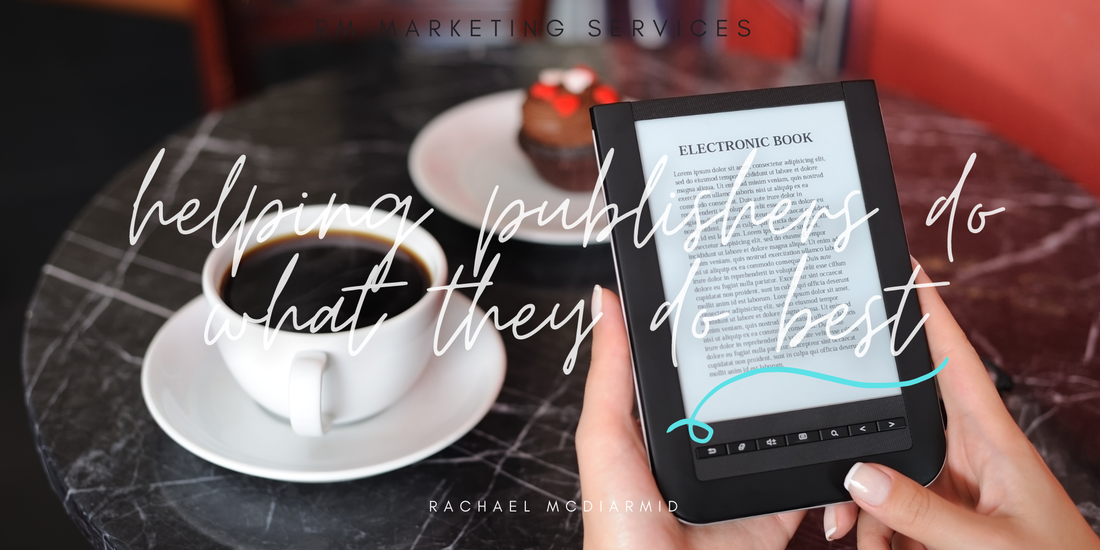

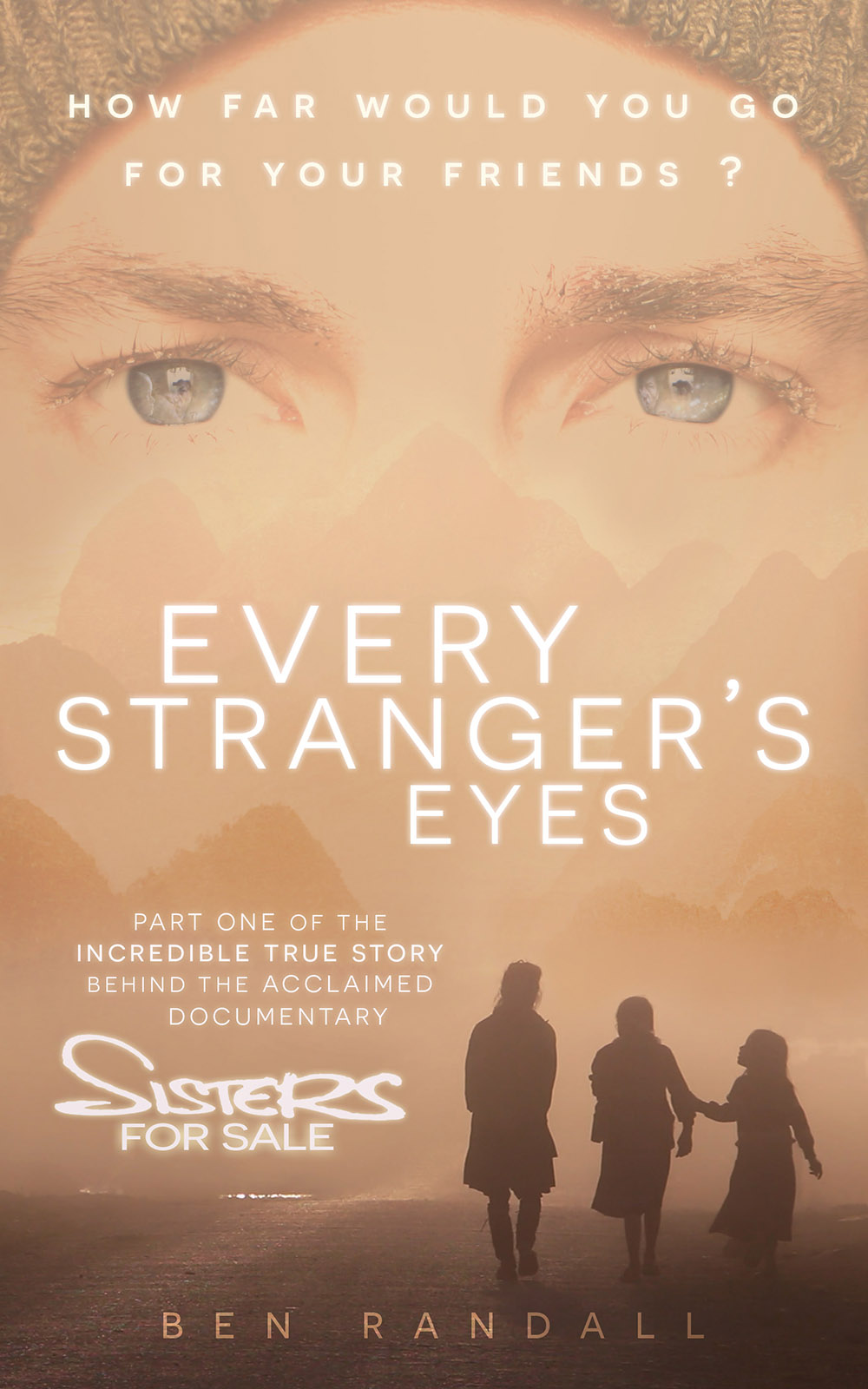

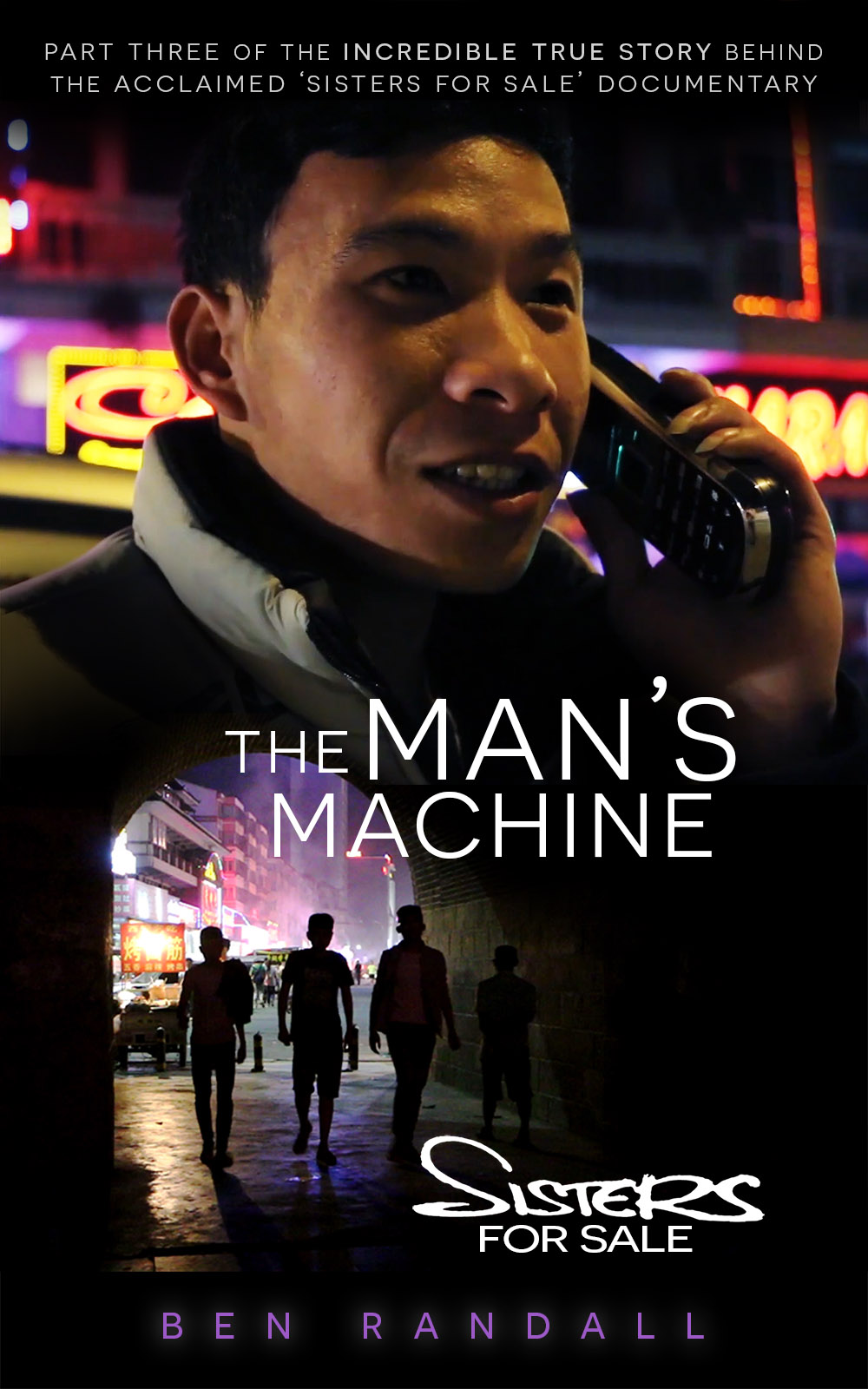





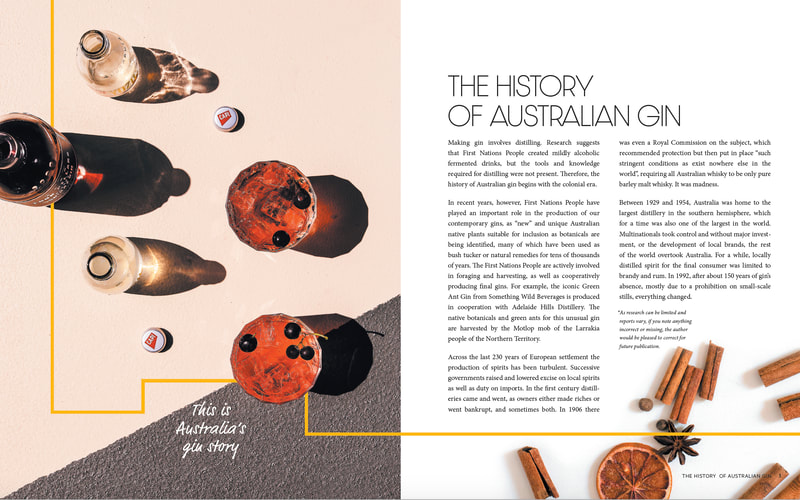
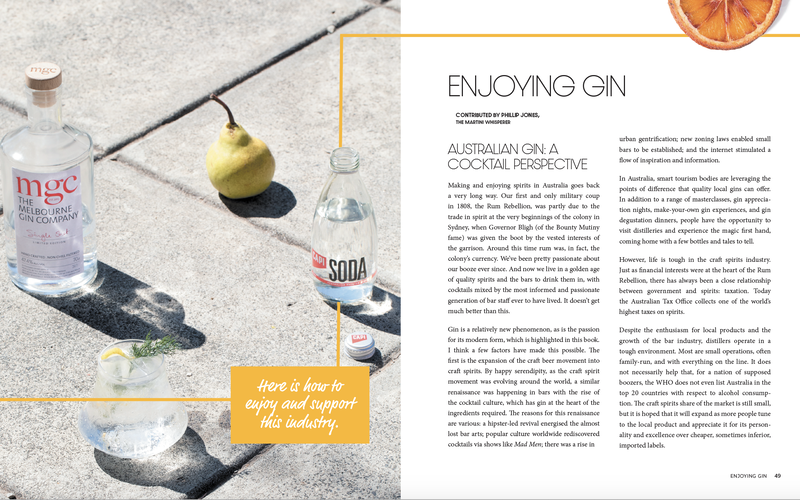
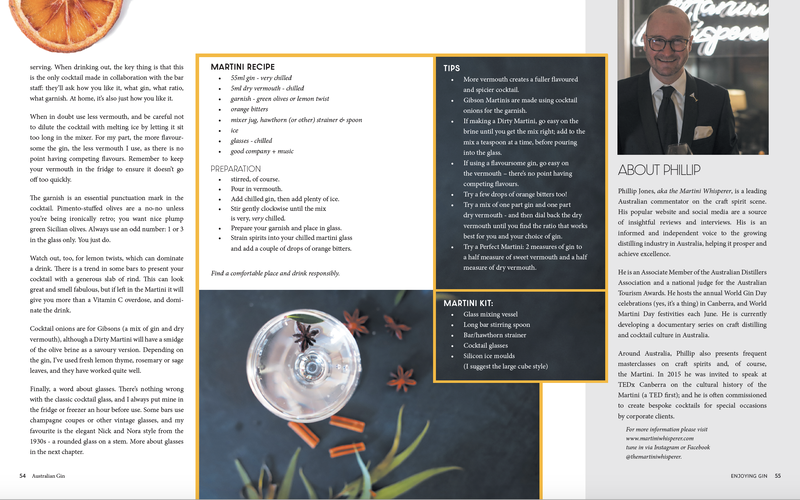
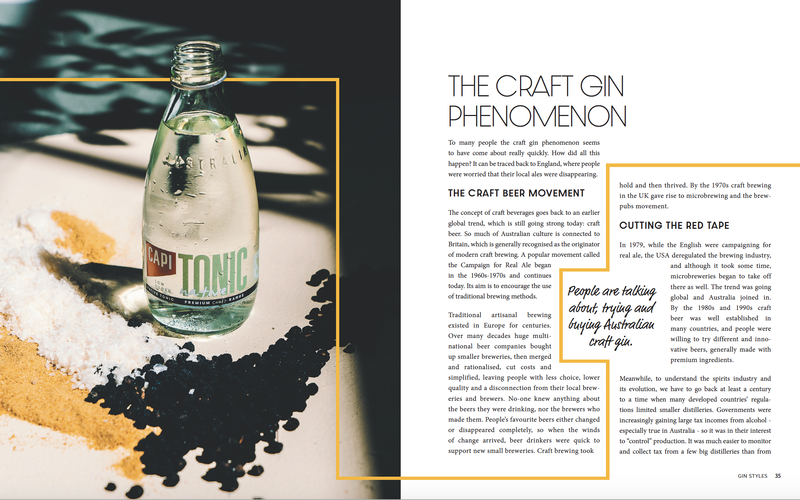
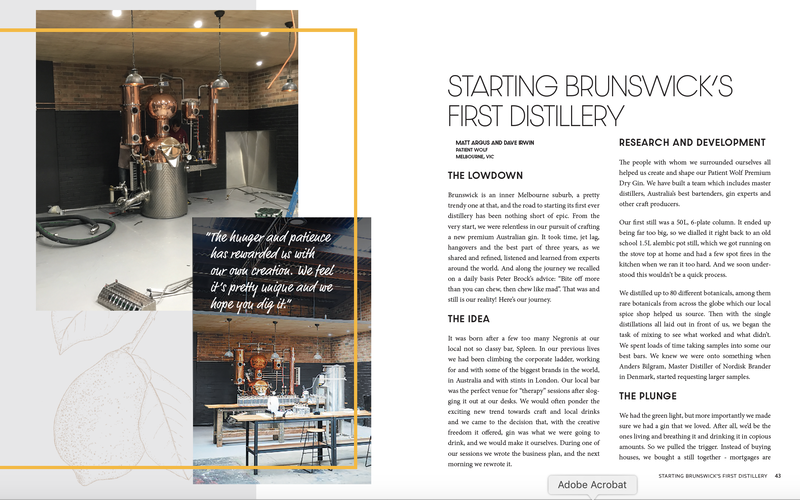

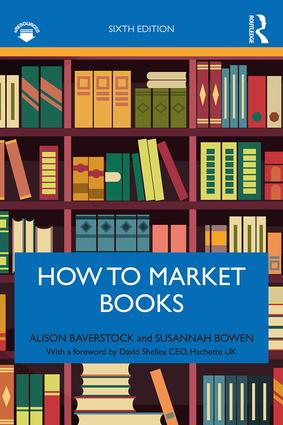
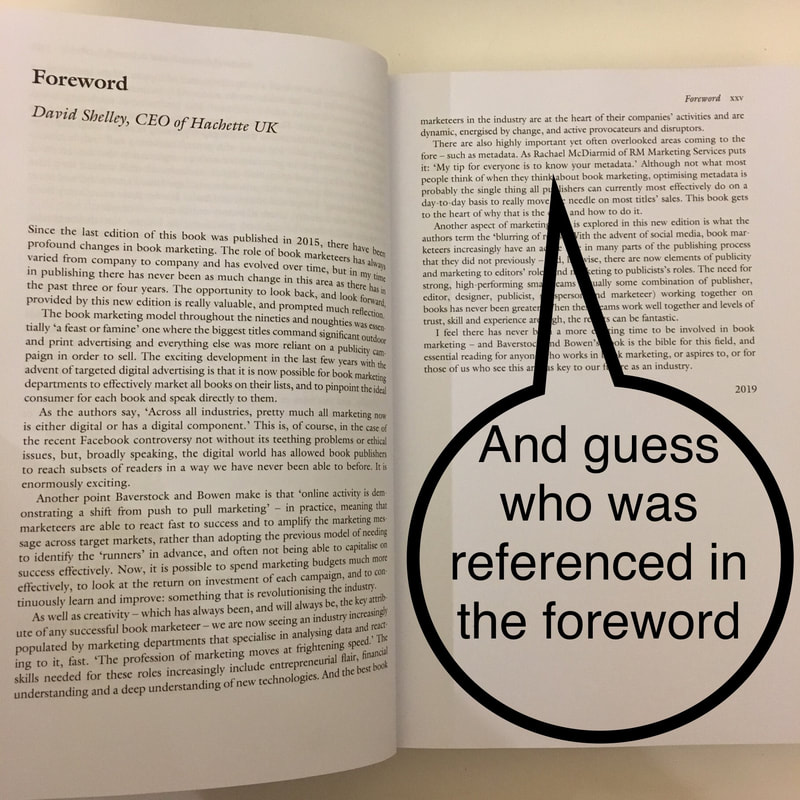




 RSS Feed
RSS Feed